Aideeramirez - D For Style

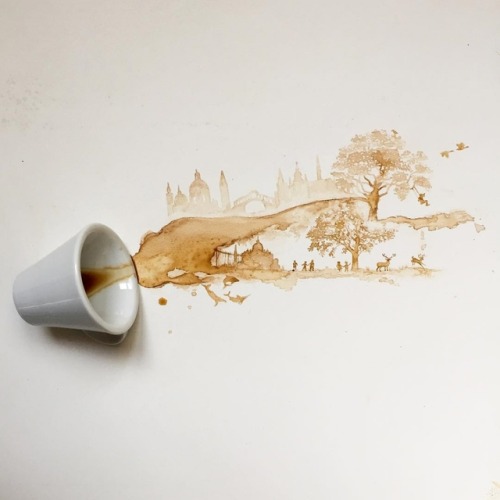


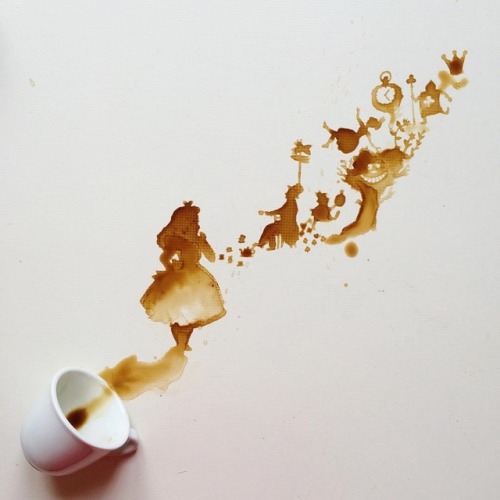
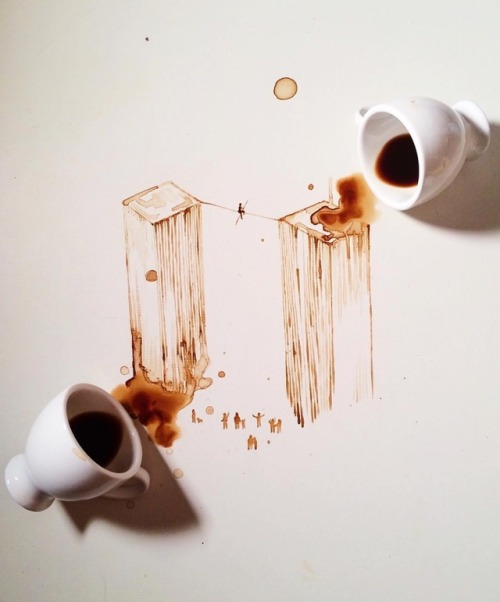
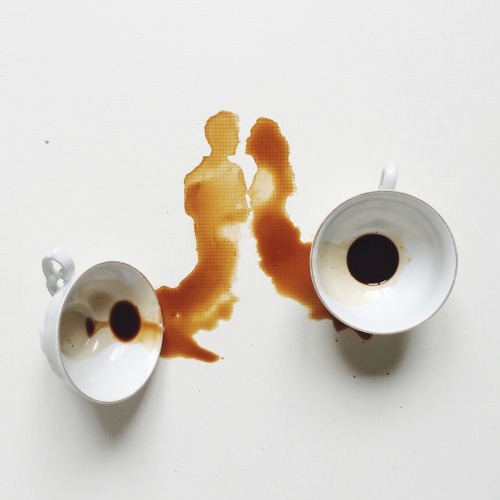



More Posts from Aideeramirez and Others
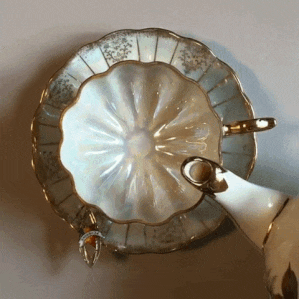
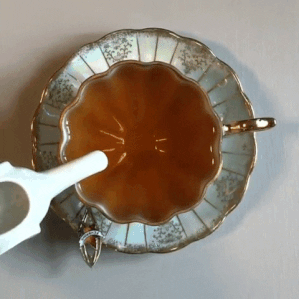


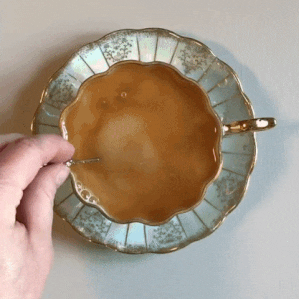
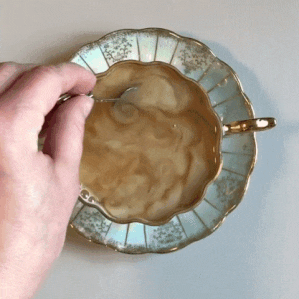

beatricepiccapiccon




Blanet: A new class of planet that could form around black holes
The dust clouds around supermassive black holes are the perfect breeding ground for an exotic new type of planet.
Blanets are fundamentally similar to planets; they have enough mass to be rounded by their own gravity, but are not massive enough to start thermonuclear fusion, just like planets that orbit stars. In 2019, a team of astronomers and exoplanetologists showed that there is a safe zone around a supermassive black hole that could harbor thousands of blanets in orbit around it.
The generally agreed theory of planet formation is that it occurs in the protoplanetary disk of gas and dust around young stars. When dust particles collide, they stick together to form larger clumps that sweep up more dust as they orbit the star. Eventually, these clumps grow large enough to become planets.
A similar process should occur around supermassive black holes. These are surrounded by huge clouds of dust and gas that bear some similarities to the protoplanetary disks around young stars. As the cloud orbits the black hole, dust particles should collide and stick together forming larger clumps that eventually become blanets.
The scale of this process is vast compared to conventional planet formation. Supermassive black holes are huge, at least a hundred thousand times the mass of our Sun. But ice particles can only form where it is cool enough for volatile compounds to condense.
This turns out to be around 100 trillion kilometers from the black hole itself, in an orbit that takes about a million years to complete. Birthdays on blanets would be few and far between!
An important limitation is the relative velocity of the dust particles in the cloud. Slow moving particles can collide and stick together, but fast-moving ones would constantly break apart in high-speed collisions. Wada and co calculated that this critical velocity must be less than about 80 meters per second.
source
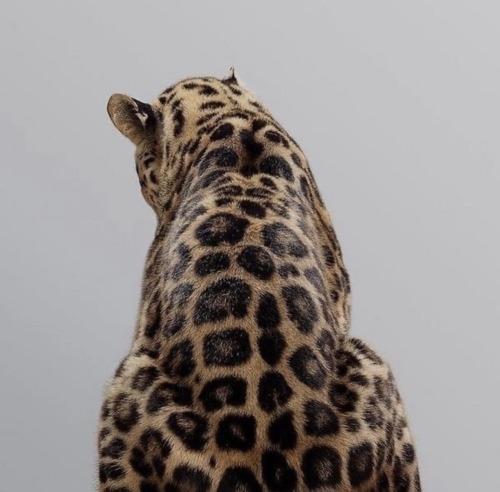

by Lonac



Braids and Bowlers: Indigenous Bolivian Women Skateboard in Style in Celia D. Luna’s Empowered Portraits



Sycamore pod bracelet by Bent Gabrielsen for Georg Jensen, c. 1965
Solid silver (Gråsilver, £2,800)
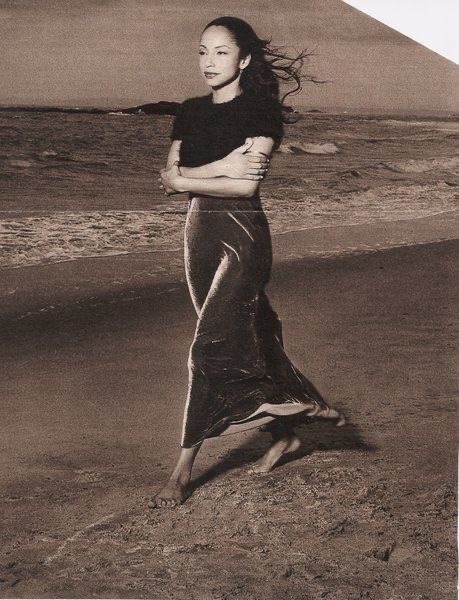










The Unal House, 1972-2008, Uzes, 30700 France,
Claude Haüsermann-Costy & Joël Unal Architects
-
 blueberrybridges reblogged this · 1 month ago
blueberrybridges reblogged this · 1 month ago -
 featherxquill liked this · 1 month ago
featherxquill liked this · 1 month ago -
 osweetpeao liked this · 1 month ago
osweetpeao liked this · 1 month ago -
 karingflower liked this · 1 month ago
karingflower liked this · 1 month ago -
 melodycroft liked this · 2 months ago
melodycroft liked this · 2 months ago -
 rhcpjfmymind reblogged this · 2 months ago
rhcpjfmymind reblogged this · 2 months ago -
 rhcpjfmymind liked this · 2 months ago
rhcpjfmymind liked this · 2 months ago -
 a-dash-in-the-middle liked this · 2 months ago
a-dash-in-the-middle liked this · 2 months ago -
 lavender-waterfalls-333 liked this · 2 months ago
lavender-waterfalls-333 liked this · 2 months ago -
 lavender-waterfalls-333 reblogged this · 2 months ago
lavender-waterfalls-333 reblogged this · 2 months ago -
 nesrin-c liked this · 2 months ago
nesrin-c liked this · 2 months ago -
 ilovescaredysquirrel2 liked this · 2 months ago
ilovescaredysquirrel2 liked this · 2 months ago -
 tahsinsmyrna reblogged this · 2 months ago
tahsinsmyrna reblogged this · 2 months ago -
 tahsinsmyrna liked this · 2 months ago
tahsinsmyrna liked this · 2 months ago -
 ttimotiob liked this · 2 months ago
ttimotiob liked this · 2 months ago -
 rebelliciouscountrygal liked this · 2 months ago
rebelliciouscountrygal liked this · 2 months ago -
 nsaero liked this · 2 months ago
nsaero liked this · 2 months ago -
 ai-meems liked this · 5 months ago
ai-meems liked this · 5 months ago -
 moonsnqil liked this · 5 months ago
moonsnqil liked this · 5 months ago -
 theswagofinsanity reblogged this · 6 months ago
theswagofinsanity reblogged this · 6 months ago -
 theswagofinsanity liked this · 6 months ago
theswagofinsanity liked this · 6 months ago -
 nathanielihaviva liked this · 8 months ago
nathanielihaviva liked this · 8 months ago -
 sobearwolf reblogged this · 8 months ago
sobearwolf reblogged this · 8 months ago -
 sobearwolf liked this · 8 months ago
sobearwolf liked this · 8 months ago -
 murmuration-gifs reblogged this · 8 months ago
murmuration-gifs reblogged this · 8 months ago -
 compose-myself reblogged this · 8 months ago
compose-myself reblogged this · 8 months ago -
 compose-myself liked this · 8 months ago
compose-myself liked this · 8 months ago -
 rosseliz01 liked this · 8 months ago
rosseliz01 liked this · 8 months ago -
 petit-ours liked this · 8 months ago
petit-ours liked this · 8 months ago -
 thatblondegirlnw reblogged this · 8 months ago
thatblondegirlnw reblogged this · 8 months ago -
 fleuralie reblogged this · 8 months ago
fleuralie reblogged this · 8 months ago -
 apfel-apfel liked this · 8 months ago
apfel-apfel liked this · 8 months ago -
 calculated-chaos reblogged this · 8 months ago
calculated-chaos reblogged this · 8 months ago -
 thewanderingairs reblogged this · 8 months ago
thewanderingairs reblogged this · 8 months ago -
 tominnepics reblogged this · 9 months ago
tominnepics reblogged this · 9 months ago -
 tominnepics liked this · 9 months ago
tominnepics liked this · 9 months ago -
 belis86 reblogged this · 9 months ago
belis86 reblogged this · 9 months ago -
 malunstuckintime reblogged this · 9 months ago
malunstuckintime reblogged this · 9 months ago -
 persepinesascent liked this · 9 months ago
persepinesascent liked this · 9 months ago -
 wwwjaustendo liked this · 9 months ago
wwwjaustendo liked this · 9 months ago -
 caveundertree liked this · 9 months ago
caveundertree liked this · 9 months ago